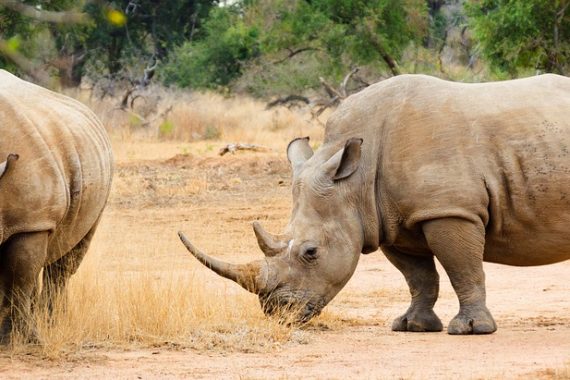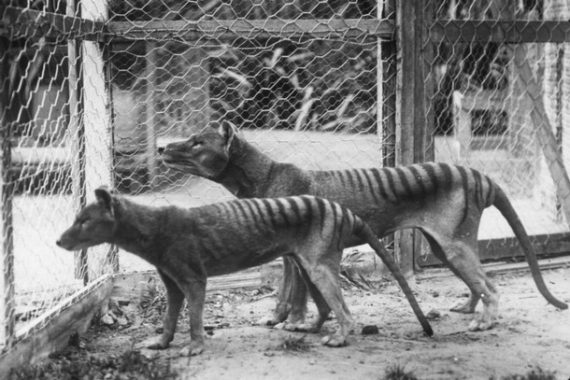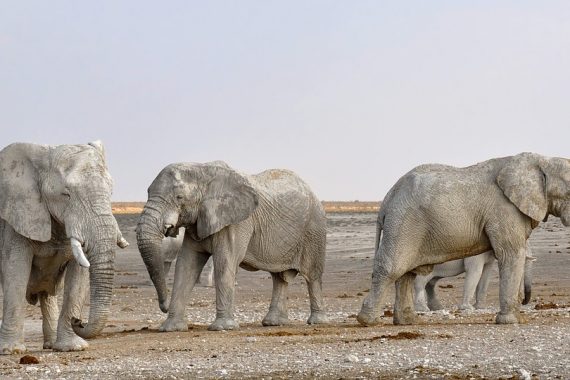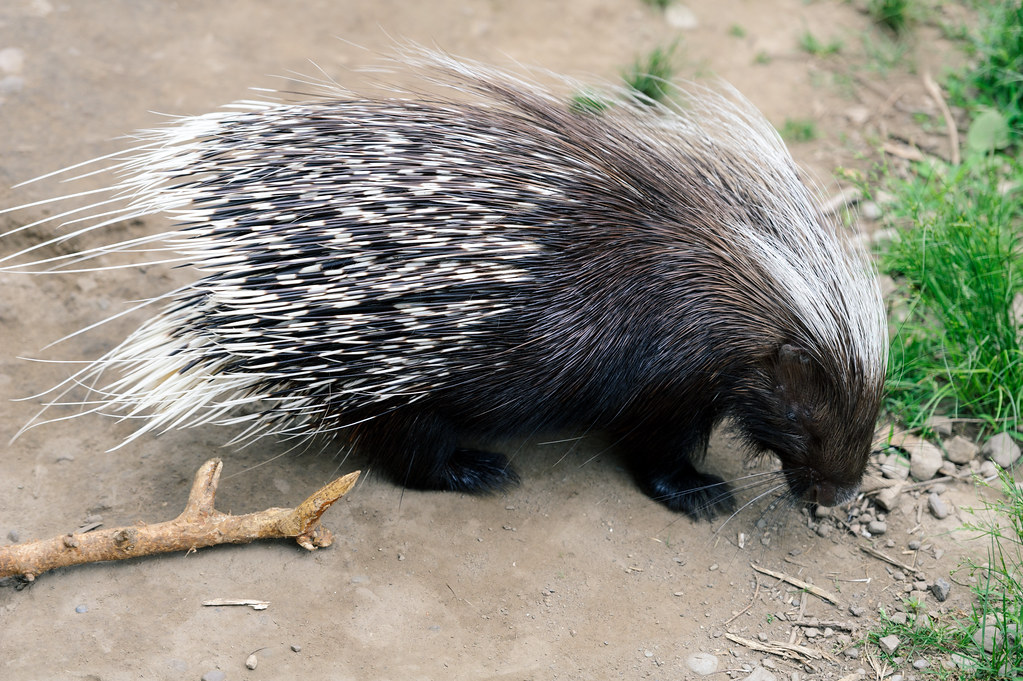
In this week’s podcast we head back to Africa and cover an iconic but often forgotten species, the porcupine. These rodents are masters of the defense and predators often come out on the losing end when they mess with these. African Crested Porcupines are just one of numerous species of Old World porcupines. Many other species of the Old World Porcupines inhabit other parts of Africa, Asia and Europe. The New World Porcupines inhabit North, Central and South America and interestingly enough are not that closely related to the Old World Porcupines. This is just another fascinating species we cover and hope you enjoy this one.
African Crested Porcupine History
Porcupines are from the Order of Rodentia. Rodents in fact make up 40% of all mammals on Earth. There are an estimated 2270 species of rodents currently. Porcupines are divided into Old World Porcupines (family Hystricidae) and New World Porcupines (family Erethizontidae). The African Crested Porcupine (Hystrix cristata) is an Old World Porcupine. The genus Hystrix also includes:
- Genus Hystrix
- Subgenus Thecurus
- Hystrix crassispinis – thick-spined porcupine
- Hystrix pumila – Philippine porcupine
- Hystrix sumatrae – Sumatran porcupine
- Subgenus Acanthion
- Hystrix brachyura – Malayan porcupine or Himalayan crestless porcupine
- Hystrix javanica – Sunda porcupine
- Subgenus Hystrix
- Hystrix africaeaustralis – Cape porcupine
- Hystrix cristata – crested porcupine
- Hystrix indica – Indian crested porcupine
- Subgenus Thecurus
Rodents are some of the oldest mammals first appearing 66 million years ago. Starting about 50 million years ago, rodents began to spread out all over the planet and are one of the most successful mammalian orders. Wherever they go, they thrive. Much less is known specifically about porcupines, but Old World Porcupines emerged around 20 million years ago. The quills on porcupines are nothing but modified hairs. What is interesting is, the New World Porcupines, while sharing a common ancestor (way back) with Old World Porcupines, evolved their quills independently.
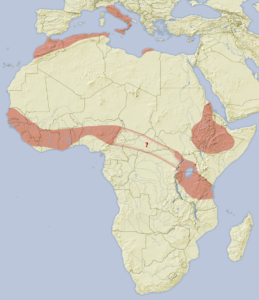
African Crested Porcupine Facts
The African Crested Porcupine lives 12 to 15 years in the wild. Under human care they can live up to 28 years. They only run about 6 mph (10 kph) and depend on their sharp quills to defend themselves against predators. Their quills sharpness have been described as being as sharp as an 18 gauge hypodermic needle. The quills also have sharp barbs that embed themselves on any unlucky animal that gets stuck. The quills are made up nothing of keratin and break off rather easily.
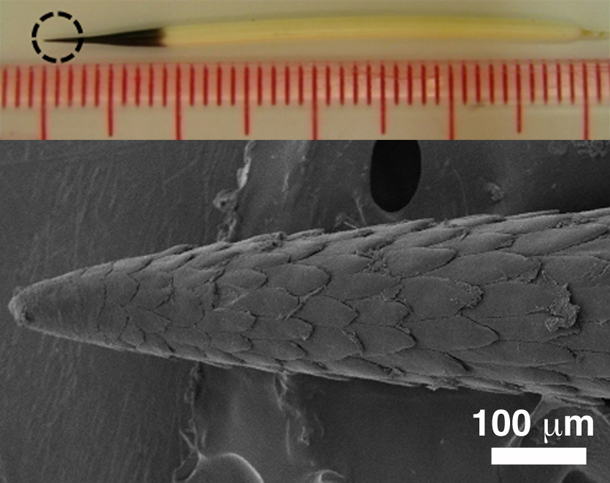
Discover Magazine https://www.discovermagazine.com/planet-earth/why-porcupine-quills-slide-in-with-ease-but-come-out-with-difficulty
It has long been popularized that porcupines can “throw” their quills like darts. This is untrue, as they do fall off rather easily, they do not get launched. The quills grow rather quickly and are vital to a porcupines defense. More often than not, when a predator attempts to kill a porcupine, the porcupine comes out on top. There have been many reports of porcupines causing the death of lions and other major African predators.
African Crested Porcupines are herbivores. There are reports of them eating carrion and even holding many bones within their dens. Like other rodents their teeth constantly grow and these may be used to keep their teeth down.
Baby porcupines quills are soft at birth that harden over time.
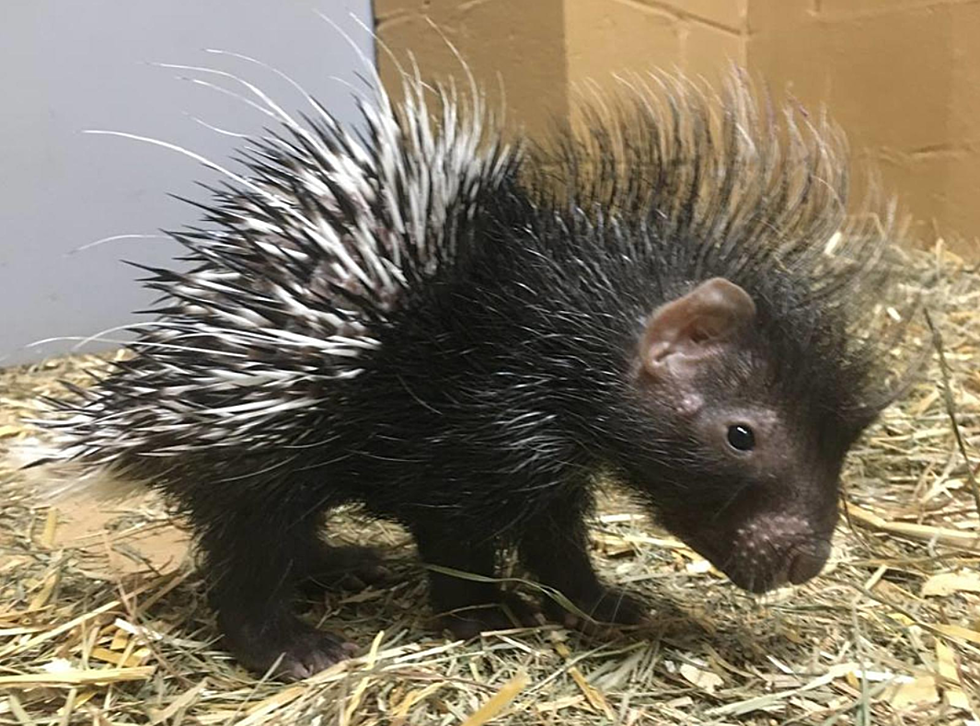
Utica Zoo
African Crested Porcupine Conservation
African Crested Porcupines are listed as least concern.


